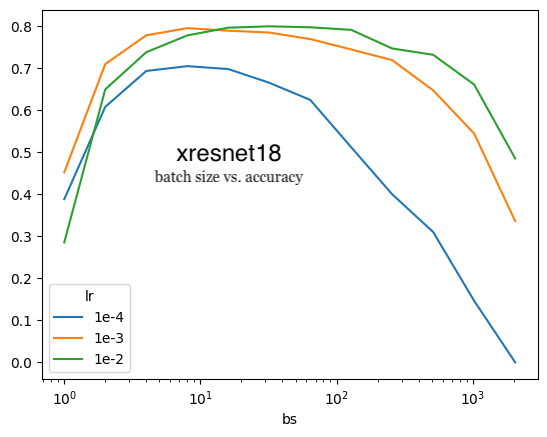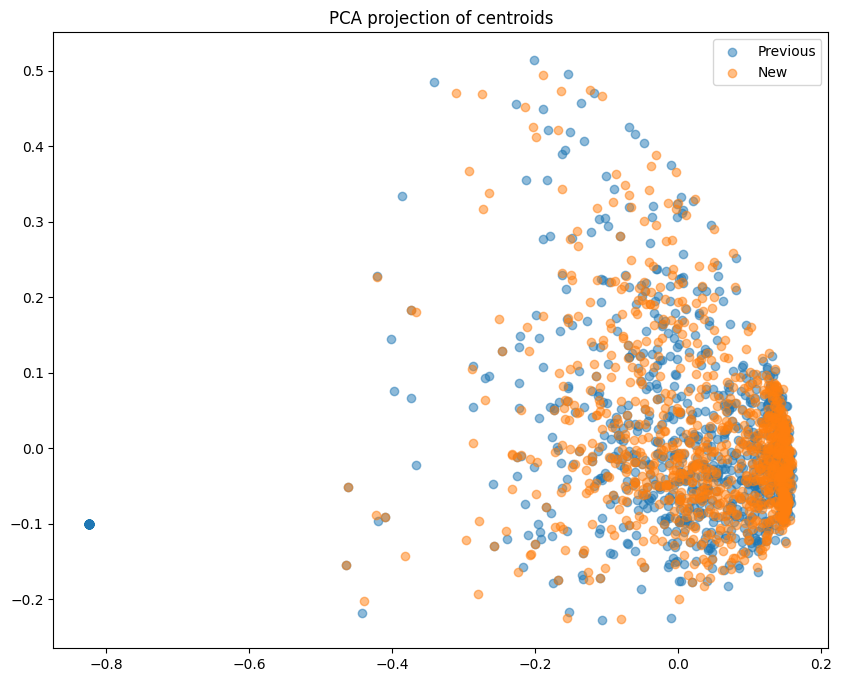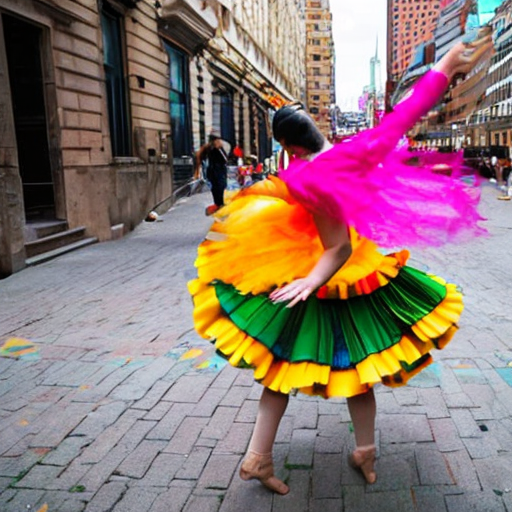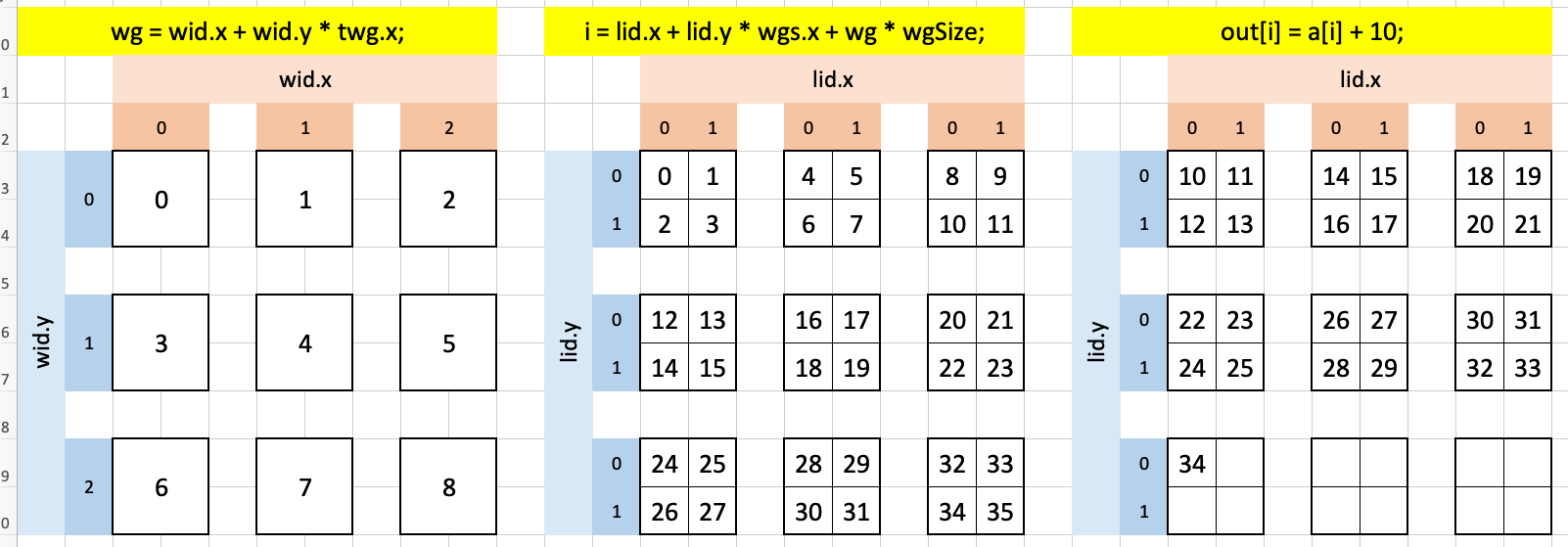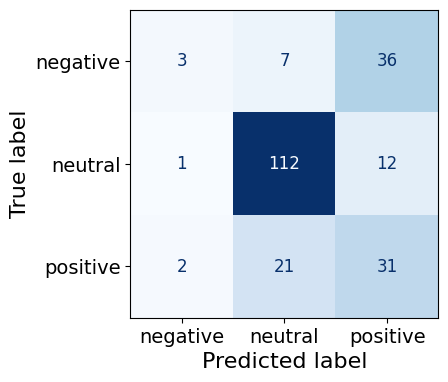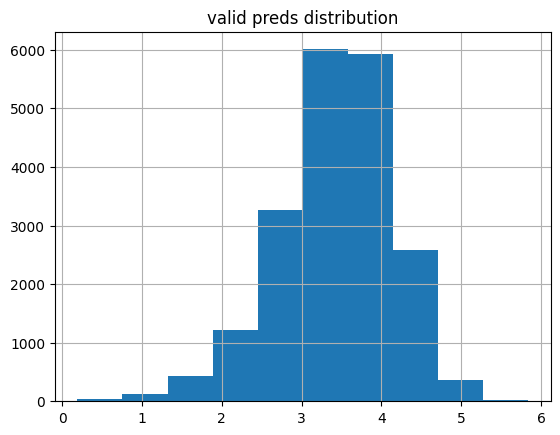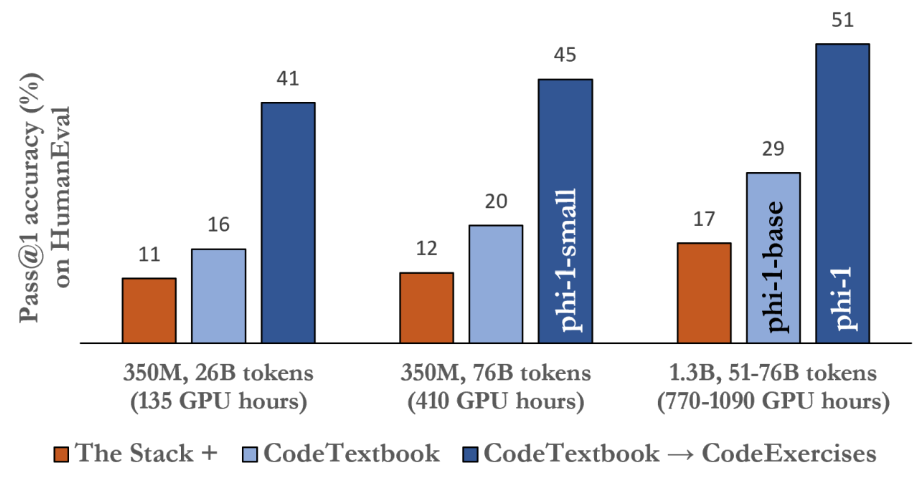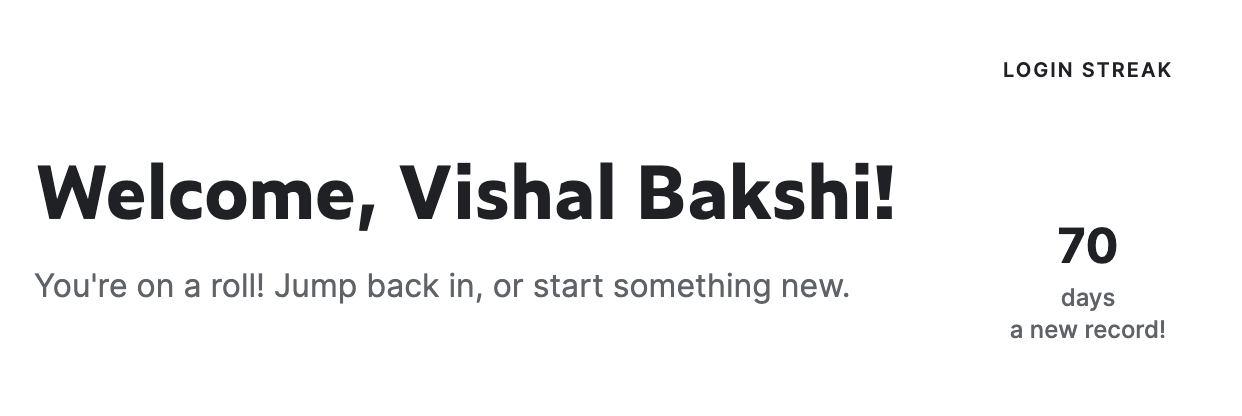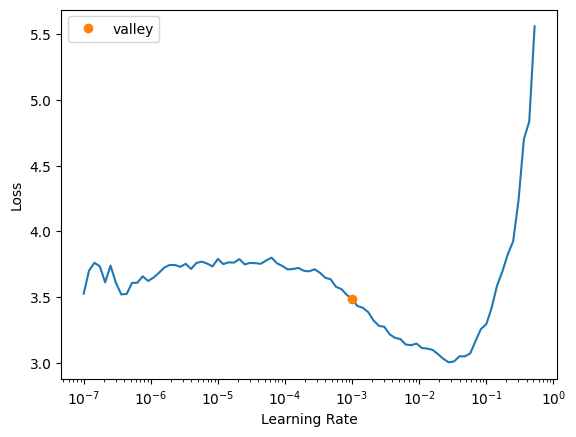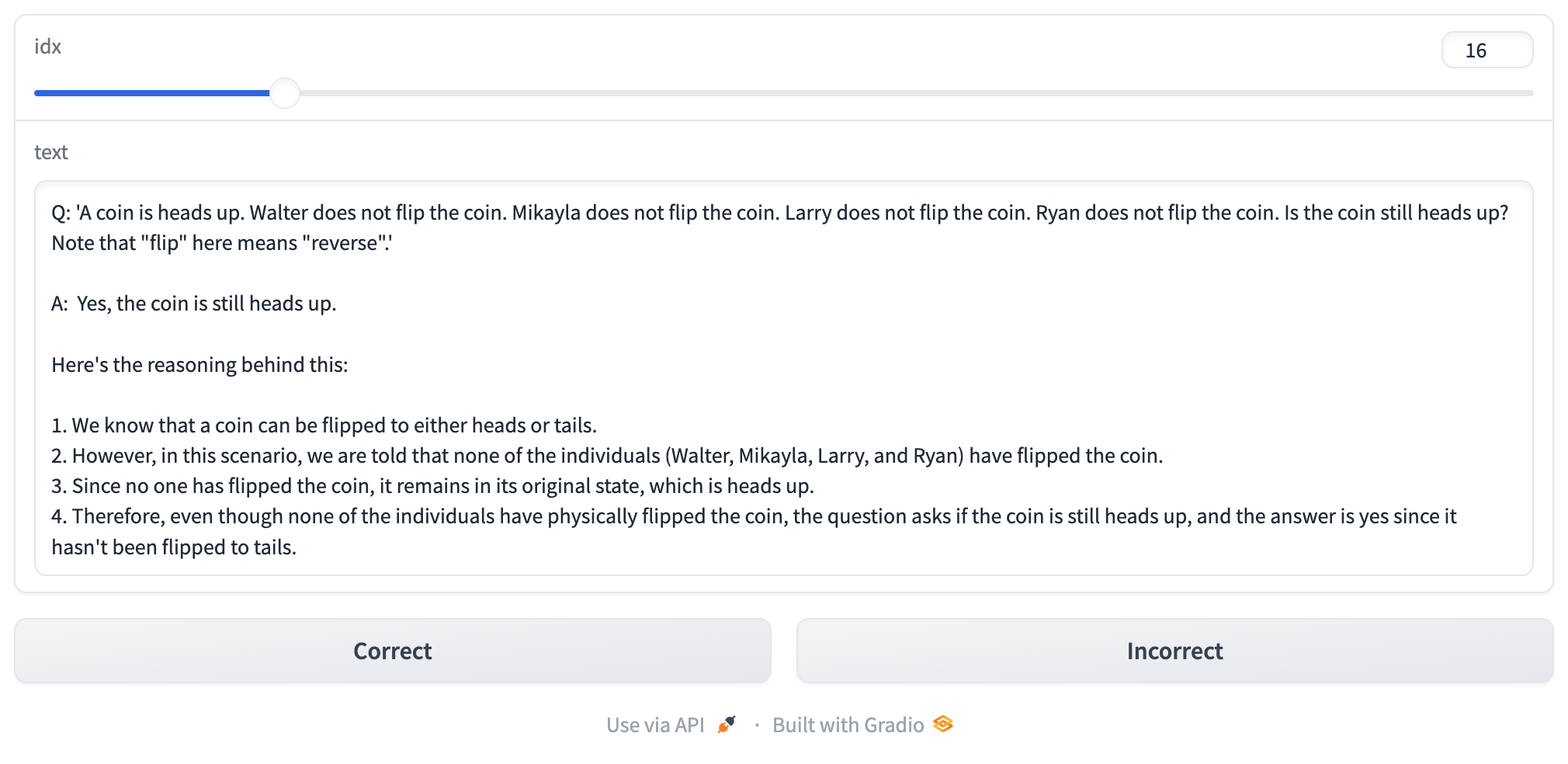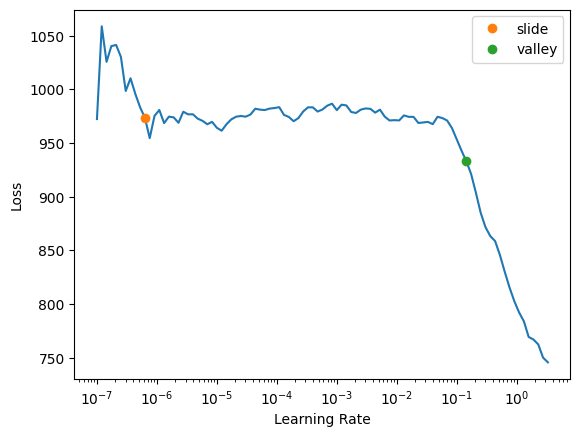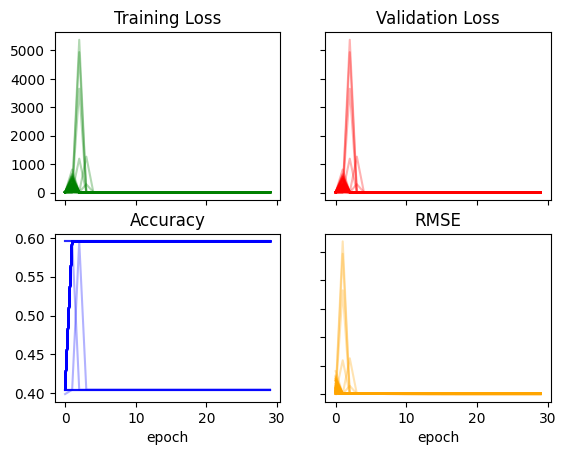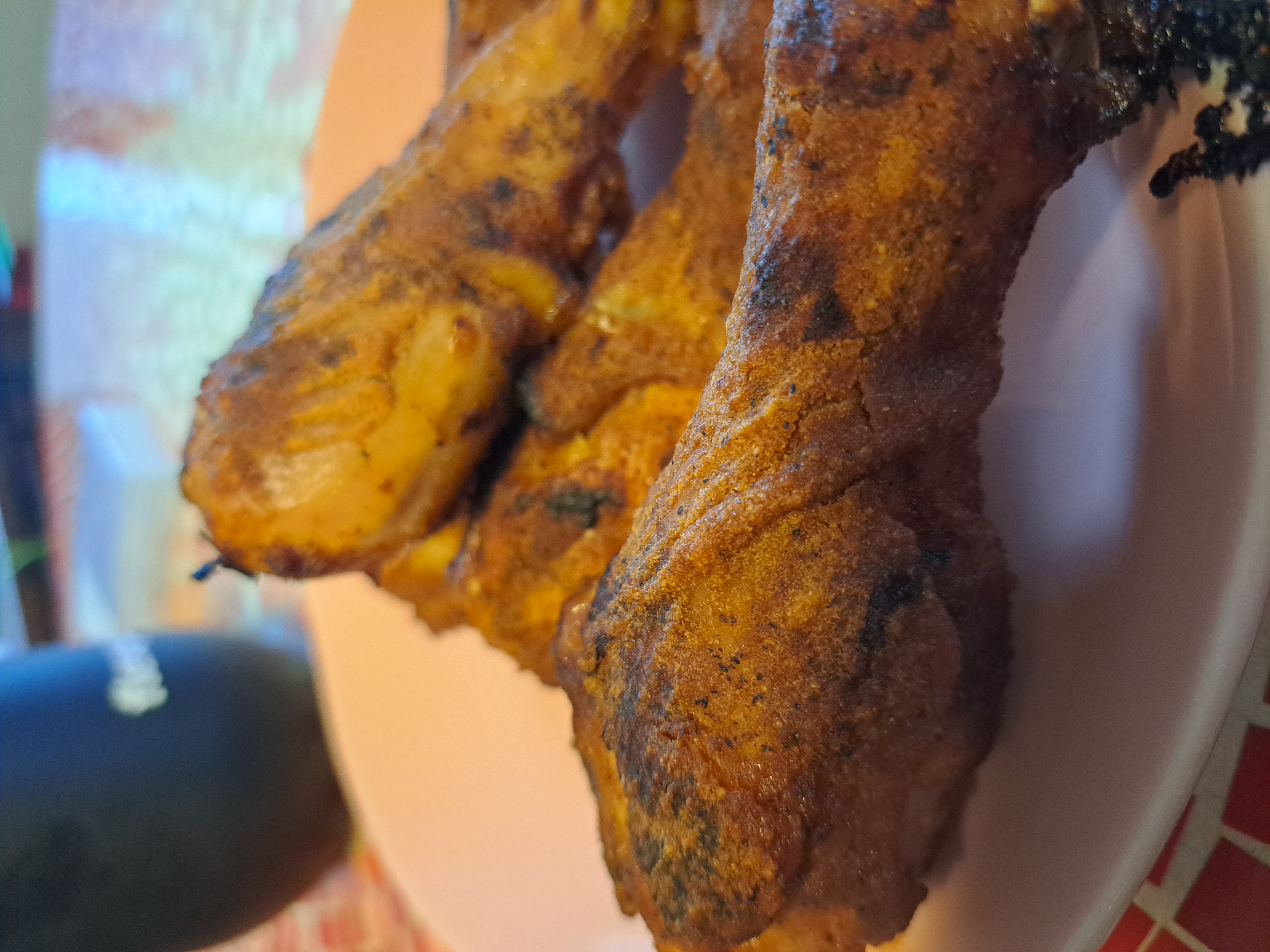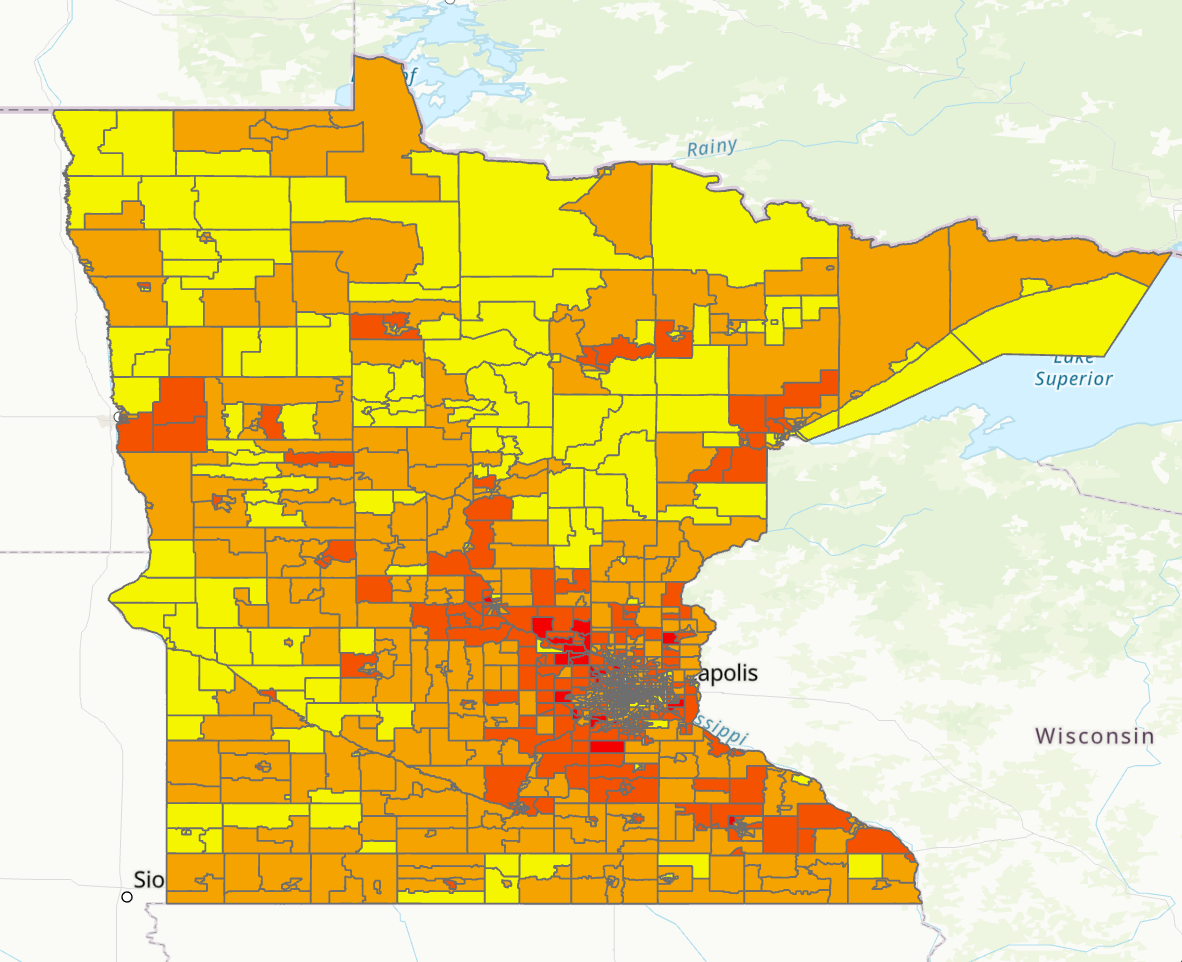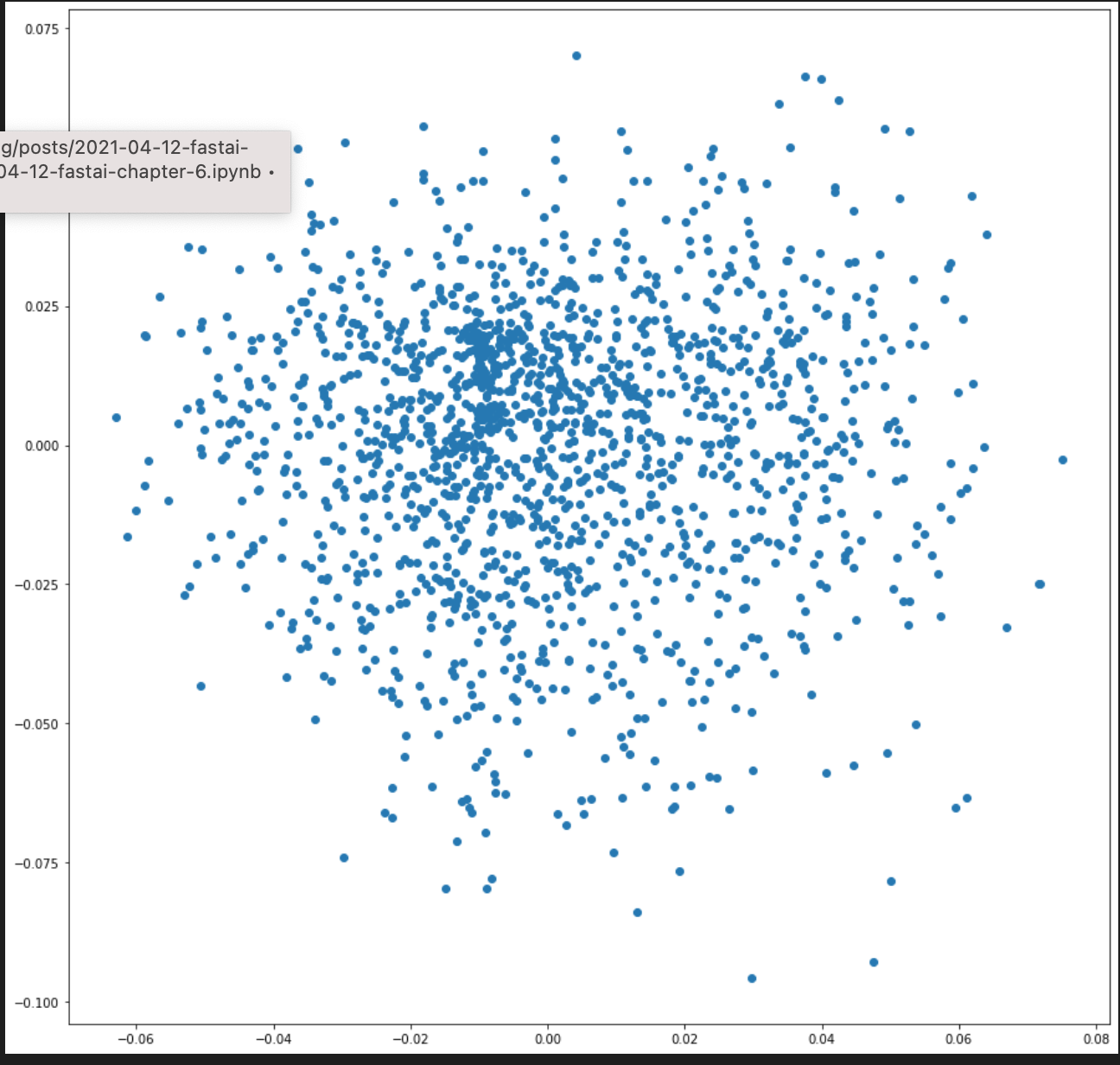vishal bakshi
welcome to my blog.
Logit Divergence Between Models Differently Converted to torch.bfloat16
python
deep learning
TIL: Custom Composer Callback to Push Checkpoints to HuggingFace Hub During Training.
LLM
Custom Composer Callback
Revisiting ColBERTv1 : A Return to First Principles
ColBERT
information retrieval
Debugging Flash Attention in LLM-Foundry (and a 20% Slow Down!)
python
deep learning
LLM-Foundry
Takeaways from Gemini Deep Research Report on Small Batch Training Challenges
python
fastai
imagenette
TinyScaleLab
deep learning
An Analysis of Batch Size vs. Learning Rate on Imagenette
python
fastai
deep learning
TinyScaleLab
imagenette
Cross Entropy Loss Explained
python
deep learning
fastai
HuggingFace’s Default KV Cache and the flash_attn_varlen_func Docstring
python
deep learning
Flash Attention
Initial Experiments with Imagenette
python
fastai
deep learning
TinyScaleLab
imagenette
Understanding the Mean Shift Clustering Algorithm (and PyTorch Broadcasting)
python
machine learning
Exploring Precision in ColBERT Indexing and Retrieval
python
deep learning
ColBERT
information retrieval
The Evolution of Matrix Multiplication (fastai course Part 2 Lessons 11 and 12)
python
deep learning
fastai
DataInspector with BinPackCollator: Inspecting Packed Dataloader Items
LLM
deep learning
LLM-Foundry
Custom Composer Callback
Comparing RAGatouille and ColBERT Indexes and Search Results
python
deep learning
information retrieval
RAGatouille
ColBERT
TIL: Resolving RAGatouille OOM Error and faiss-gpu Warning
information retrieval
deep learning
RAGatouille
Understanding Sequence Packing - Initial Musings
python
deep learning
LLM
Initial Manual Scoring Results for TinyStories Models
LLM
deep learning
TinyScaleLab
Curating Evaluation Prompts, Defining Scoring Criteria, and Designing an LLM Judge Prompt Template
LLM
deep learning
TinyScaleLab
TinyScaleLab Update: Training Cost Analysis and Evaluation Infrastructure Plans
LLM
deep learning
TinyScaleLab
TinyScale Lab Update: Setting Eval Targets and Generating Completions for LLM Judge Development
LLM
deep learning
TinyScaleLab
TinyScaleLab: Bridging Training Dynamics and Model Capabilities
LLM
deep learning
TinyScaleLab
LossInspector: A Deep Dive Into LLM-Foundry’s Next-Token Prediction with a Custom Composer Callback
python
deep learning
LLM
Understanding Python Descriptors
python
deep learning
LLM
RAGatouille/ColBERT Indexing Deep Dive
python
information retrieval
machine learning
deep learning
RAGatouille
ColBERT
Memory Profiling raw ColBERT and RAGatouille
python
information retrieval
deep learning
RAGatouille
ColBERT
Estimating Storage and CPU RAM Requirements for Indexing 12.6M Documents
python
information retrieval
deep learning
RAGatouille
ColBERT
Evaluating the DAPR ConditionalQA Dataset with RAGatouille
python
information retrieval
deep learning
RAGatouille
ColBERT
DoRA’s Magnitude Vector
python
deep learning
machine learning
LLM
Recreating the PLAID ColBERTv2 Scoring Pipeline: From Research Code to RAGatouille
python
information retrieval
machine learning
deep learning
RAGatouille
ColBERT
Scoring Full Text and Semantic Search on Chunk Sizes from 100 to 2000 Tokens
python
RAG
information retrieval
fastbookRAG
Implementing Image-to-Image Generation for Stable Diffusion
python
stable diffusion
fastai
deep learning
machine learning
generative AI
Evaluating 4 Retrieval Methods with 6 Chunking Strategies on my fastbook-benchmark Dataset
python
fastbookRAG
information retrieval
Implementing Negative Prompting for Stable Diffusion
python
stable diffusion
fastai
deep learning
machine learning
generative AI
Training Textual Inversion Embeddings on Some Samurai Jack Drawings
python
stable diffusion
deep learning
machine learning
Comparing Cosine Similarity Between Embeddings of Semantically Similar and Dissimilar Texts with Varying Punctuation
python
RAG
information retrieval
Establishing a Semantic Search (Embedding Cosine Similarity) Baseline for My fastbookRAG Project
python
RAG
information retrieval
fastbookRAG
Conducting a Question-by-Question Error Analysis on Semantic Search Results
python
RAG
information retrieval
fastbookRAG
Generating a GIF Animation Using Stable Diffusion
python
stable diffusion
fastai
deep learning
machine learning
generative AI
Calculating the Ratio of Gradients in an Image
python
computer vision
TypefaceClassifier
Calculating the Ratio of Corners in an Image
python
computer vision
TypefaceClassifier
Calculating the Ratio of 2D FFT Magnitude and Phase of a Text Image
python
computer vision
TypefaceClassifier
Conducting a Question-by-Question Error Analysis on Full Text Search Results
python
RAG
information retrieval
fastbookRAG
Establishing a Full Text Search (BM25) Baseline for My fastbookRAG Project
python
RAG
information retrieval
fastbookRAG
Comparing ~100k Random Numbers Generated with Different Methods
python
machine learning
deep learning
Iterating on Full Text Search Keywords using claudette
python
RAG
information retrieval
LLM
fastbookRAG
Generating Full Text Search Keywords using claudette
python
RAG
information retrieval
LLM
fastbookRAG
Using Hybrid Search to Answer fastai the Chapter 1 Questionnaire
python
RAG
information retrieval
fastbookRAG
How Does Stable Diffusion Work?
deep learning
machine learning
fastai
stable diffusion
generative AI
Using Full Text Search to Answer the fastbook Chapter 1 Questionnaire
python
RAG
information retrieval
fastbookRAG
Calculating the Flesch Kincaid Reading Grade Level for the financial_phrasebank Dataset
python
machine learning
deep learning
Paper Math: rsLoRA
deep learning
machine learning
paper math
LLM
Training Collaborative Filtering Models on MovieLens 100k with Different Weight Decay Values
machine learning
fastai
python
Improving Kaggle Private Score with Multi-Target Classification
deep learning
fastai
kaggle competition
paddy doctor
python
Paper Summary: RewardBench
paper summary
deep learning
LLM
Recap: HMS HBAC Kaggle Competition
fastai
kaggle competition
deep learning
Recap: My First Live Kaggle Competition
fastai
kaggle competition
machine learning
Paddy Doctor Kaggle Competition - Part 8
deep learning
fastai
kaggle competition
paddy doctor
python
Paddy Doctor Kaggle Competition - Part 7
deep learning
fastai
kaggle competition
paddy doctor
python
Paddy Doctor Kaggle Competition - Part 6
deep learning
fastai
kaggle competition
paddy doctor
python
Paddy Doctor Kaggle Competition - Part 5
deep learning
fastai
kaggle competition
paddy doctor
python
Paddy Doctor Kaggle Competition - Part 4
deep learning
fastai
kaggle competition
paddy doctor
python
Paddy Doctor Kaggle Competition - Part 3
deep learning
fastai
kaggle competition
paddy doctor
python
Paddy Doctor Kaggle Competition - Part 2
deep learning
fastai
kaggle competition
paddy doctor
python
Paddy Doctor Kaggle Competition - Part 1
deep learning
fastai
kaggle competition
paddy doctor
python
fast.ai Chapter 7:Test Time Augmentation
deep learning
python
No matching items




